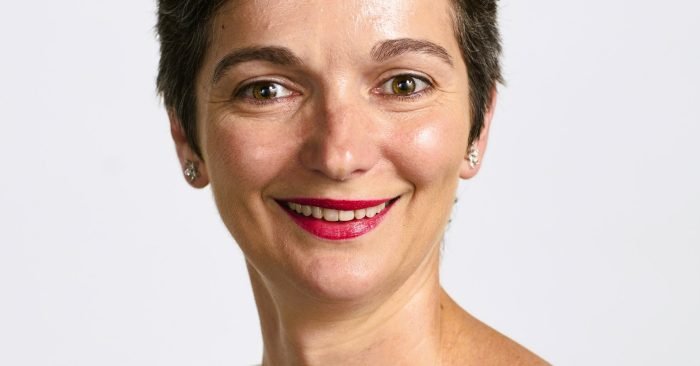Growing up in Albania, an ex-Communist country, Associate Professor Elvira Sojli has always been interested in understanding and studying finance. She was particularly interested in pursuing a career in Australia, and when she was offered a position at UNSW Business School as a Senior Lecture within the School of Banking and Finance in 2016, Elvira accepted the job without even visiting Sydney.
Luckily, the move lived up to her high expectations, as she was promptly promoted to Associate Professor in 2018, was appointed Head of the Digital Finance CRC in 2017, President of the Finance Research Network (FIRN) in Australia in 2021, and the Chair of the Equity, Diversity and Inclusion Committee and subsequently the Associate Dean (Equity Diversity and Inclusion) from 2022 – 2024.
Through an extensive research career, Associate Professor Sojli has identified significant gaps in representation between males and females in how innovation is funded around the world. Wanting to break down the societal barriers that tell women they don’t have a future in fields like finance.
Participating as a faculty mentor and academic lead in the annual UNSW Business School’s Girls in Business Camp is one way she’s helping make this happen for future women in finance.
The UNSW Business School EDI team sat down with Associate Professor Sojli to learn more about her career and why more female-identifying students should consider a career in the finance industry.
Were you always interested in banking and finance?
Believe it or not, I was always interested in finance, even as a child. I was born and raised in Albania, so I spent most of my childhood in communism, with what you could call a very “planned” economy. Once the regime changed, I became more interested in understanding how money circulates, how decisions are made around money, and so on. That’s where my interest started.
And how did you get into this field of study?
Banking and Finance degrees didn’t exist when I did my undergrad, so I moved to the UK for an undergrad in Accounting and Finance at the London School of Economics and Political Science and then did a master’s in Economics and Finance at the University of Warwick. Finally, I topped it up with a PhD on the finance aspect of exchange rates, where I married the disciplines of economics and finance together.
Did you have any female role models that helped you forge this path?
My mother is an accountant, which was the finance version of a communist/planned economy, so her work brought an understanding and interest in finance into the home. She influenced me to study in this area. My maths teachers were all incredible women, and so were my physics and chemistry teachers. I found these smart women very inspiring, and I looked up to all of them. I wanted to follow in their footsteps.
Can you tell us about your research interests?
My research has varied over time. My PhD was on exchange rates, which led me to other market securities like stocks and bonds. After working in this area for close to 10 years, I felt I had stopped learning and there wasn’t anything new to discover.
So, after discussing research topics with colleagues at the National University of Singapore, I’ve spent the last seven years researching innovation at the economic level within firms and industries – exploring things like how firms decide what types of innovation to invest in, which product types to pursue, etc. Typically where and why they choose to invest their money and the reasons behind these decisions.
And that research has brought you to an interest in understanding the role of and determinants of female participation in innovation?
Yes, it’s called the Gender Patent Gap. We looked at patents as the output of innovation and soon realised there are major differences in innovation participation between men and women around the world. The geographical dispersion we see for female innovation world map was a shock to my American co-author.
There were twice as many women patenting proportionally in comparison to men, in ex-Communist countries, in comparison to NATO members.
So, I went on to investigate why some post-communist countries in Eastern Europe have nearly equal innovation participation between men and women, while in NATO countries like Australia, you’re seeing rates of 10% for women and 90% for men at the same points in time.
While this was an interesting fact, the more important question is why are there such big differences across countries. Certainly, it cannot be that women are that different in Eastern and Western Germany, or in Austria vs Slovakia, etc. That led me to look at the impacts of role models, other external interventions like the contraceptive pill, discriminatory laws and societal stereotyping.

